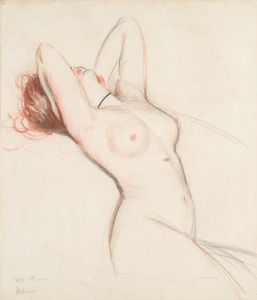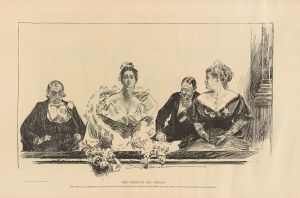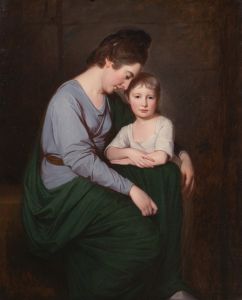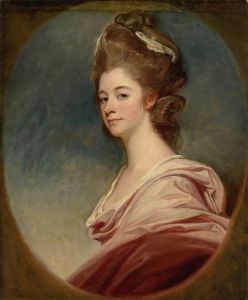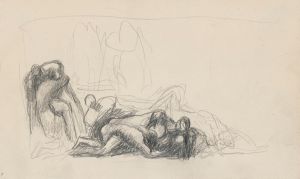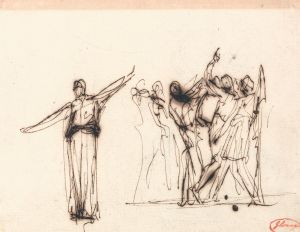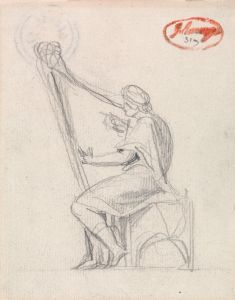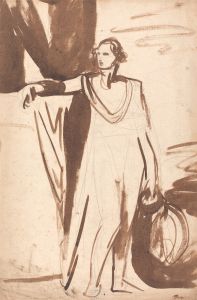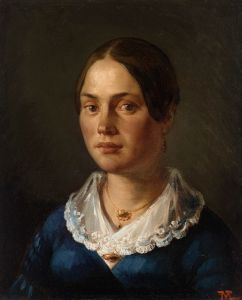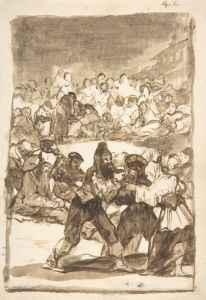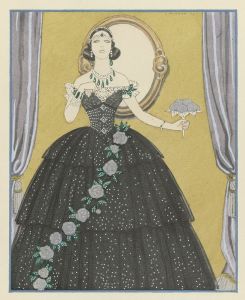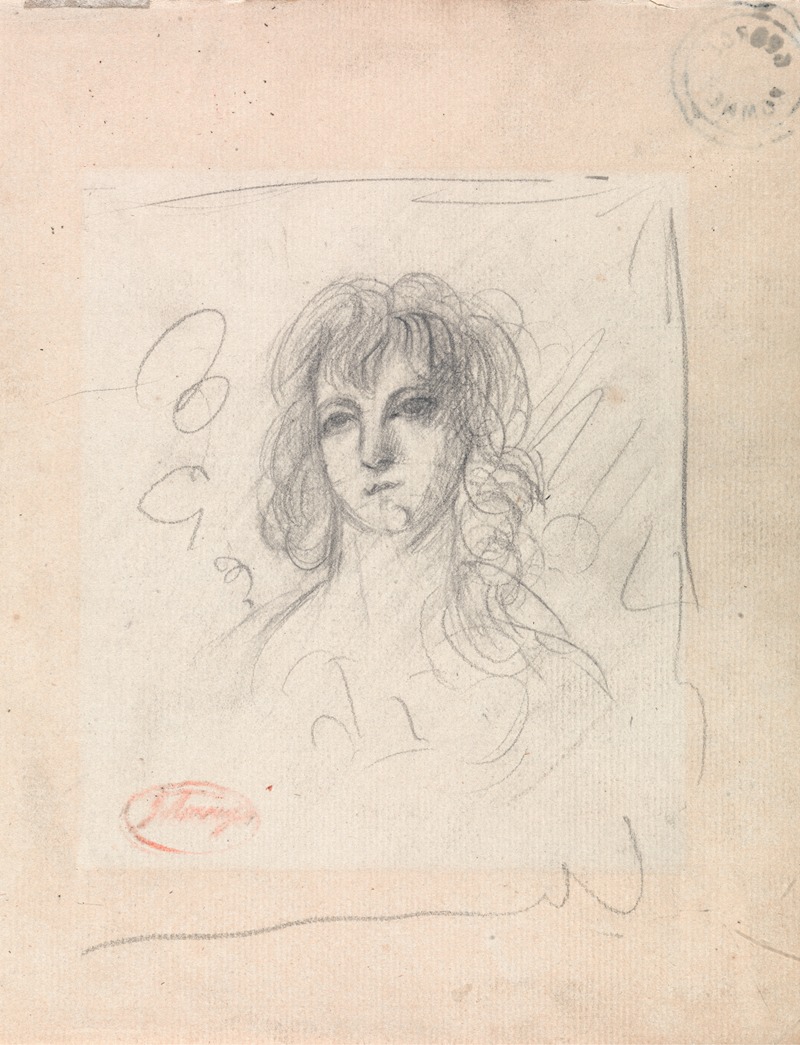
Head of a Woman
A hand-painted replica of George Romney’s masterpiece Head of a Woman, meticulously crafted by professional artists to capture the true essence of the original. Each piece is created with museum-quality canvas and rare mineral pigments, carefully painted by experienced artists with delicate brushstrokes and rich, layered colors to perfectly recreate the texture of the original artwork. Unlike machine-printed reproductions, this hand-painted version brings the painting to life, infused with the artist’s emotions and skill in every stroke. Whether for personal collection or home decoration, it instantly elevates the artistic atmosphere of any space.
"Head of a Woman" is a painting by the British artist George Romney, who was one of the most celebrated portraitists of the 18th century. Born in 1734 in Dalton-in-Furness, Lancashire, Romney became known for his elegant and expressive portraits, which often captured the grace and beauty of his subjects. His works are characterized by their refined style, delicate use of color, and the emotional depth he brought to his portrayals.
The painting "Head of a Woman" exemplifies Romney's skill in capturing the subtleties of human expression and form. Although the exact date of the painting is not definitively known, it is believed to have been created during the height of Romney's career, which spanned from the 1760s to the early 1790s. This period was marked by his prolific output and the high demand for his portraits among the British aristocracy and upper classes.
"Head of a Woman" depicts a young woman with a serene and contemplative expression. The composition focuses closely on her face, allowing Romney to explore the nuances of her features and the play of light and shadow. The woman's gaze is directed slightly downward, adding a sense of introspection and calm to the image. Her hair is styled in a manner typical of the period, and the simplicity of her attire draws attention to her natural beauty.
Romney's technique in this painting showcases his mastery of oil paint, with smooth, blended brushstrokes that create a lifelike texture and depth. The soft, muted color palette enhances the gentle and tranquil mood of the portrait. Romney often employed such techniques to convey the inner character and emotions of his subjects, making his portraits not just likenesses but also psychological studies.
Throughout his career, Romney was influenced by the works of earlier artists such as Sir Joshua Reynolds and Thomas Gainsborough, as well as by the classical ideals of beauty and harmony. His ability to blend these influences with his own unique vision contributed to his reputation as one of the leading portrait painters of his time.
"Head of a Woman" is a testament to Romney's enduring legacy in the art world. His portraits continue to be admired for their elegance, technical proficiency, and emotional resonance. Today, his works can be found in major art collections and museums, including the National Portrait Gallery in London and the Tate Gallery.
In summary, "Head of a Woman" by George Romney is a fine example of 18th-century British portraiture, reflecting the artist's exceptional ability to capture the essence of his subjects with grace and sensitivity. The painting remains a significant piece within Romney's oeuvre, illustrating his contribution to the development of portrait art during his era.






